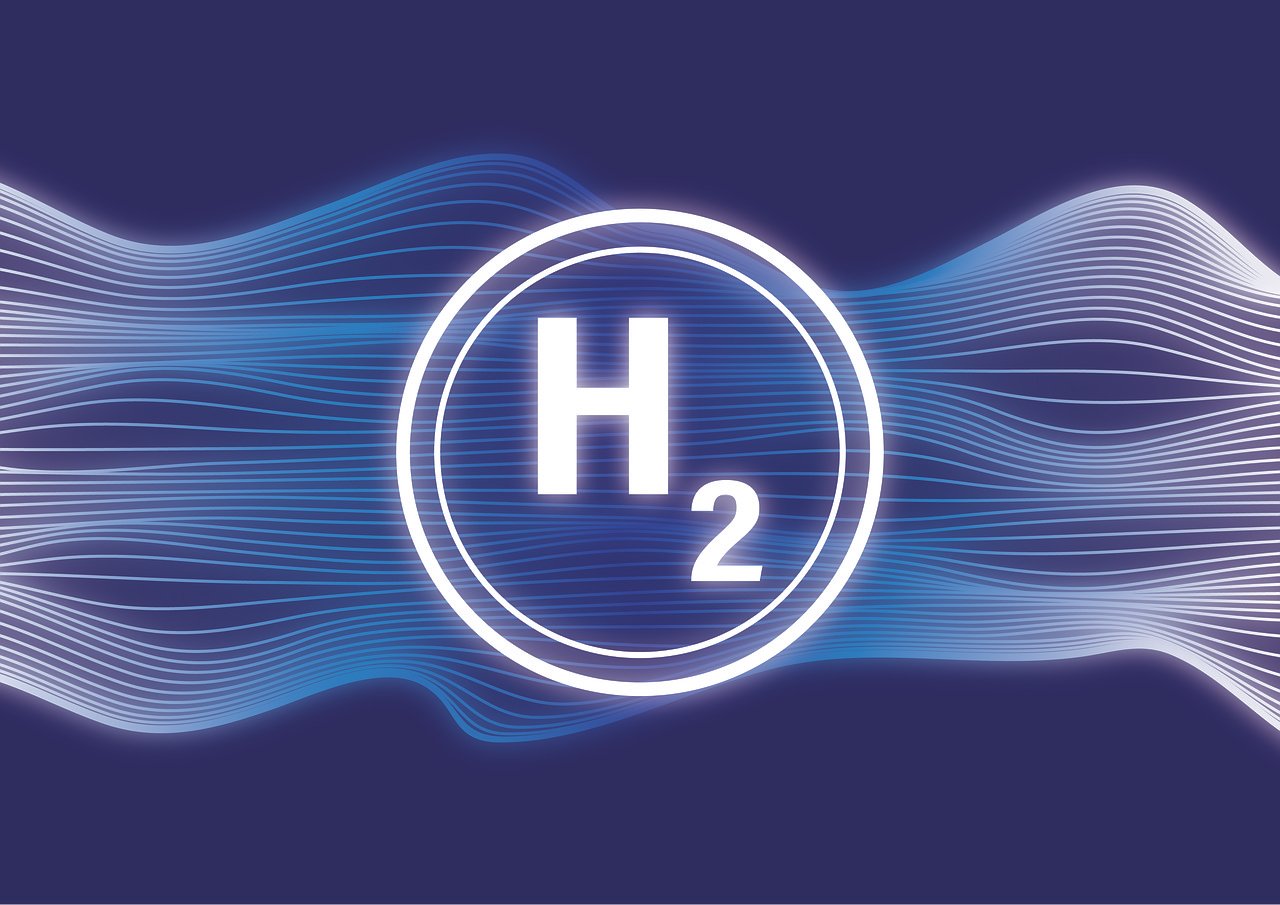Featured
Canal de Isabel II Accelerates Towards Energy Self-Consumption
Canal de Isabel II will switch from the then state-of-the-art Pelton turbines of 1913 to producing green hydrogen from reclaimed water in 2024. The company will allocate more than €7.3 million to the construction of its first hydrogen plant, which will be built at the Arroyo Culebro Cuenca Media Alta wastewater treatment plant in Pinto, and its initial capacity will be around 80,000 kilos of hydrogen per year.

The public company in charge of managing the water cycle in the Community of Madrid, Canal de Isabel II, continues more than a century after its foundation with its commitment to take advantage of the energy possibilities of water to make its activity more sustainable. The roadmap set by Canal de Isabel II points to a macro-investment of €62 million to generate enough electricity to supply its consumption before 2030, something unprecedented in its sector in Europe.
The plan drawn up by the company with the largest installed power generation capacity in the Community of Madrid, with almost 110 MW, aims to take advantage of the possibilities of the water cycle in a context in which sustainability and energy resilience have gained importance.
Hydroelectric power plants, microturbines in the supply network, wastewater treatment plants with engines and turbines powered by the biogas produced in the treatment process and thermal sludge drying plants with cogeneration are some of the 40 installations of Canal de Isabel II for electricity generation from water management in the Community of Madrid.
Read more on the subject and find the latest economic news of the day with the Born2Invest mobile app.
Canal de Isabel II’s Solar Plan
Canal de Isabel II’s goal is to become “the first European company in the sector capable of producing as much electricity as it consumes, and only from clean, renewable or high-efficiency energy sources,” according to what the Madrid water management company said.
Canal de Isabel II’s ambition is supported by the Solar Plan, a strategy that will involve an investment of close to €55 million – financed in part with European funds – which contemplates the construction of 24 installations in its initial phases to generate a power of 36.35 megawatts. The project promotes the self-consumption of clean energies through the installation of photovoltaic plants in the company’s infrastructures. Some of these facilities will also produce occasional surpluses that can be fed into the electricity grid, thus helping to increase the share of renewables in the energy mix.
The Solar Plan consists of two constructions of vital importance for its development: the floating photovoltaic plant located on the lower reservoir of Torrelaguna and the photovoltaic plant at the Arroyo Culebro Cuenca Media Alta wastewater treatment plant in Pinto.
The floating installation in Torrelaguna will have 5,700 photovoltaic panels on a sheet of water (with a peak power of 1,696 kW) and will be the first of its kind to be installed in the Community of Madrid. The photovoltaic plant at the Arroyo Culebro Cuenca Media Alta wastewater treatment plant began generating energy in July (producing 515 megawatt hours in 2022) and is of interest because these solar panels will contribute to the energy support of the future green hydrogen plant.
From Pelton turbines to green hydrogen
The production of electricity linked to hydraulic infrastructures is not a recent fad in the Community of Madrid. In fact, its origin dates back to 1913, when the Santa Lucia hydroelectric power plant in Torrelaguna, with 2,200 kilowatts installed, came into service. This plant is still in operation today with renovated machinery, but you can still see the large Pelton turbines that took advantage of the 150 meters of the slope of the Transversal Canal as it passes through Torrelaguna to generate electricity.
Canal de Isabel II will switch from the then state-of-the-art Pelton turbines of 1913 to producing green hydrogen from reclaimed water in 2024. The company will allocate more than €7.3 million (co-financed with ERDF funds) to the construction of its first hydrogen plant, which will be built at the Arroyo Culebro Cuenca Media Alta wastewater treatment plant in Pinto, and its initial capacity will be around 80,000 kilos of hydrogen per year.
This is a pioneering project since Canal de Isabel II will produce the hydrogen in this plant from regenerated water. It will do so by electrolysis, using as an energy source the hybridization of two renewable technologies: solar photovoltaic generation and cogeneration of biogas from the use of waste from the treatment plant itself.
First hydrogen plant based on recycled water
Thanks to the tertiary treatment applied in this facility, the water management company of the Community of Madrid will be able to supply reclaimed water to cover the entire demand required by the electrolyzer. “The hydrogen plant will be unique because it will obtain all the energy necessary for its operation from renewable sources, produced in the facility itself, and because it will be the first plant in Spain to use recycled water as a source of hydrogen generation, instead of drinking water,” concluded Canal de Isabel II.
The project will allow to contrast the possible uses of hydrogen and to take advantage of its potential to the maximum. Canal de Isabel II will open a new route for sustainable mobility, the electrification of heavy transport, and the decarbonization of industrial processes.
__
(Featured image by akitada31 via Pixabay)
DISCLAIMER: This article was written by a third party contributor and does not reflect the opinion of Born2Invest, its management, staff or its associates. Please review our disclaimer for more information.
This article may include forward-looking statements. These forward-looking statements generally are identified by the words “believe,” “project,” “estimate,” “become,” “plan,” “will,” and similar expressions. These forward-looking statements involve known and unknown risks as well as uncertainties, including those discussed in the following cautionary statements and elsewhere in this article and on this site. Although the Company may believe that its expectations are based on reasonable assumptions, the actual results that the Company may achieve may differ materially from any forward-looking statements, which reflect the opinions of the management of the Company only as of the date hereof. Additionally, please make sure to read these important disclosures.
First published in EL INDEPENDIENTE, a third-party contributor translated and adapted the article from the original. In case of discrepancy, the original will prevail.
Although we made reasonable efforts to provide accurate translations, some parts may be incorrect. Born2Invest assumes no responsibility for errors, omissions or ambiguities in the translations provided on this website. Any person or entity relying on translated content does so at their own risk. Born2Invest is not responsible for losses caused by such reliance on the accuracy or reliability of translated information. If you wish to report an error or inaccuracy in the translation, we encourage you to contact us.

-

 Markets2 weeks ago
Markets2 weeks agoShockwaves of War: U.S. Strikes Iran, Markets Teeter, Global Risks Rise
-

 Fintech1 day ago
Fintech1 day agoRipple Targets Banking License to Boost RLUSD Stablecoin Amid U.S. Regulatory Shift
-

 Crypto1 week ago
Crypto1 week agoCoinbase Surges: Bernstein Targets $510 as COIN Hits Highest Price Since IPO
-

 Markets4 days ago
Markets4 days agoCoffee Prices Decline Amid Rising Supply and Mixed Harvest Outlooks
















